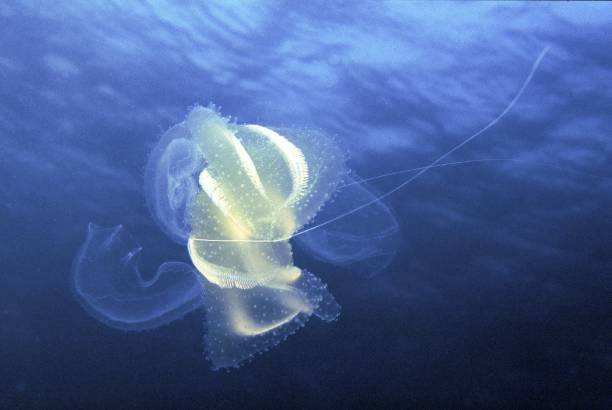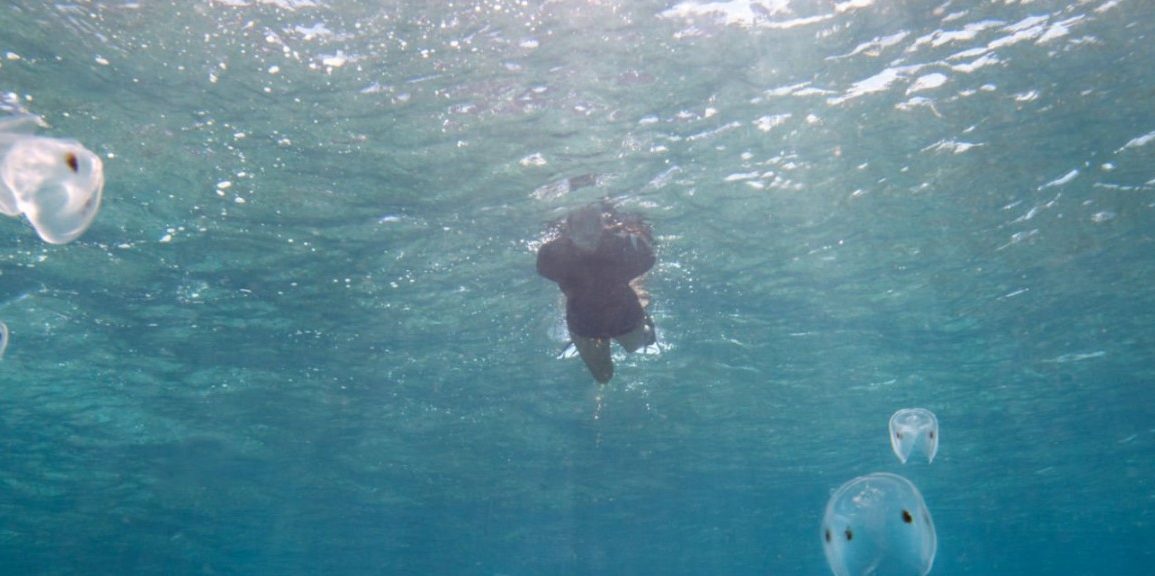In a surprising twist on natural phenomena, researchers have discovered that comb jellies, a species of gelatinous marine invertebrates commonly known as “sea walnuts,” can fuse when injured.
This unexpected behavior was highlighted by a peculiar specimen observed in a laboratory at the University of California, Berkeley.
Dr. Oscar Arenas, a co-author of the study published in *Current Biology*, expressed his excitement upon discovering the jelly with two “aboral ends” and, intriguingly, two mouths—an anomaly never seen before.
“This led us to wonder if it was the result of two independent animals fusing,” he explained.
To investigate, the research team took pairs of sea walnuts, which had been collected at different times, and inflicted injuries on their sides.
They pinned the damaged sides together overnight, resulting in a remarkable success rate: in 90% of cases, the jellies fused.

The fusion process accelerated significantly, occurring within just a few hours in petri dishes.
Notably, the study not only supports previous reports of comb jelly grafting but also expands on them.
The researchers observed that when one side of the fused entity was prodded, both jellies responded, suggesting their nervous systems may have merged.
This revelation is pivotal as the ctenophore nervous system is still not well understood.
Additionally, experiments revealed that when one jelly was fed fluorescent food, the particles passed into the digestive system of the other, although waste expulsion occurred separately.
This suggests that comb jellies have limited means to distinguish their tissues from those of others.
Arenas emphasized the significance of this discovery, stating, “It provides insight into the molecular mechanisms of how single cells recognize themselves when coalescing to become multicellular organisms.”
This research not only sheds light on evolutionary processes but also enhances our understanding of tissue grafting and regeneration, particularly concerning the nervous system.

